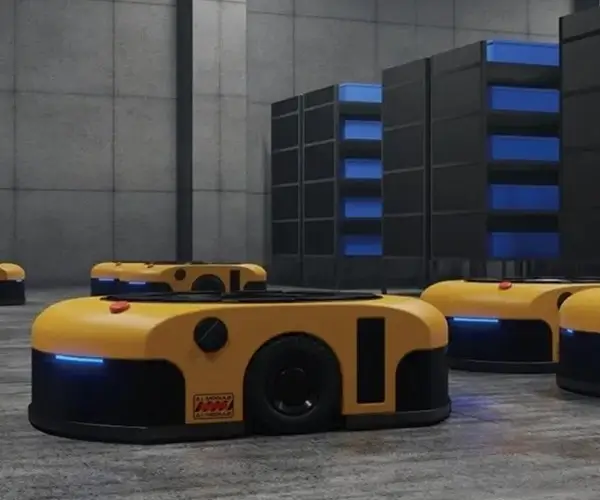Certainly! Here is the first part of the soft article based on the theme "servo motor Arduino diagram." I will provide the second part after this.

Introduction: The Power of Arduino and Servo Motors in Modern DIY Projects
In the vast universe of electronics and robotics, few components are as versatile and transformative as servo motors. Their ability to provide precise angular positioning and responsive control makes them indispensable in applications ranging from robotic arms to camera gimbals and remote-controlled vehicles. Combine that with Arduino’s user-friendly microcontroller platform, and you have the perfect recipe for crafting sophisticated, automated systems with minimal fuss.
If you're embarking on your journey into electronics or robotics, understanding how to properly connect and control a servo motor using an Arduino is a fundamental skill. The magic lies not just in the motor itself but in how it’s wired, powered, and programmed—knowledge that can open endless creative doors.
Why Use Arduino for Servo Control?
Arduino acts as the brain in many DIY robotics projects due to its accessibility, affordability, and the robust community support backing it up. Controlling a servo with Arduino is straightforward, which makes it ideal for beginners, yet sufficiently powerful for advanced projects. Arduino’s simple programming environment, based on C/C++, allows you to quickly translate your ideas into physical motion.
When working with servo motors, the key is understanding the wiring diagram, the power requirements, and the control signals sent from the Arduino. Let's dive into these details, starting with an overview of the typical components involved.
Components Needed for a Basic Servo Motor Arduino Setup:
Arduino Board (Uno, Mega, Nano, or compatible) Servo Motor (standard hobby servo like SG90 or MG996R) Power Supply (battery pack or DC power source capable of providing sufficient current) Connecting Wires (jumper wires for easy connections) Breadboard (optional but recommended for prototyping) Resistors or Additional Modules (for advanced configurations)
Having all these ready sets the foundation for a smooth building experience.
Understanding the Servo Motor: The Core Components and Functionality
Before jumping into wiring diagrams, knowing what makes a servo motor tick is essential. Hobby servo motors usually feature a simple design:
Motor and Gear Assembly: Converts electrical signals into precise rotational movement. Control Circuit: Interprets PWM (Pulse Width Modulation) signals to command the position. Power Supply Input: Usually 4.8V to 6V (or sometimes higher for high-torque servos).
In simple terms, a servo motor responds to PWM signals where the width of the pulse determines the angle of rotation. Typically, a pulse duration of 1ms corresponds to 0°, 1.5ms to 90°, and 2ms to 180°. The Arduino sends these signals through its digital pins, which the servo motor interprets to position itself accurately.
Basic Wiring Diagram of a Servo Motor and Arduino
A typical setup to get started looks like this:
Servo Signal Pin: Connects to a digital I/O pin on Arduino, often pin 9. Servo Power (VCC): Connects to a 5V power source. Servo Ground (GND): Connects to Arduino GND (common ground).
Important Note: While many servos can be powered directly from the Arduino’s 5V pin, high-torque or multiple servos require external power sources to prevent drawing too much current through the Arduino board.
[End of Part 1]
Kpower has delivered professional drive system solutions to over 500 enterprise clients globally with products covering various fields such as Smart Home Systems, Automatic Electronics, Robotics, Precision Agriculture, Drones, and Industrial Automation.




































